While it will vary depending on whether you want a bright or more subdued room, and how you plan to distribute your lighting across multiple fixtures or lamps , you can get an approximation of the lighting needed for most living rooms.
- Measure the length and width of the room in FEET (one foot is 12 inches).
- Multiply these two measurements by the number of FEET. For example, a 10 x 12 foot room will be: 10x12 = 120 square feet.
- Multiply this result by 1.5 and you will get approximately the wattage you will need to light the room.
- But keep in mind that this wattage is for incandescent bulbs, and you'll need to adjust the amount for other types of bulbs like fluorescent or LED bulbs, as they produce the same light intensity while using fewer watts.
The general formula is therefore: Length of the room x width of the room x 1.5
Below are some examples of living room sizes and the amount of watts needed to light the room. Note that these wattages are for traditional incandescent bulbs.
Find the column corresponding to the length of your room on the top row, the width of the room on the left column, and trace to the cell where the row and column meet - this is the amount of watts you need (the results have been pre-multiplied by 1.5 and therefore correspond to the final amount of watts needed).
For example, a 16x12 room requires at least 288 watts of incandescent light. For an even brighter room, add 25 to 50% more.
How to distribute wattage between multiple lamps
Unless you plan for a single light fixture or lamp to meet all of your wattage needs, you will need to divide the total wattage among multiple fixtures or lamps .
This might be a good idea:
Focus on the main light sources first (most likely ambient light or main lighting fixtures), see how many watts they produce, and then supplement the remaining power with additional fixtures or lamps .
Try to have at least two independent "switches":
You can turn on both types of light together for a bright room, or turn off one of them for a softer, more relaxed atmosphere. That's why you should ideally use at least two different types of light in a living room.
Remember that accent lighting will not contribute significantly to the overall lighting of the room and is therefore almost free, but it will add a low level of light.
Be aware that not all lighting is created equal:
Remember that different forms of lighting, whether chandeliers or lamps , produce different forms of light, different concentrations of light, different directions of light, and are used in different parts of the room, reflecting off different surfaces.
Also remember that the greater the distance between the light source and the physical object being illuminated, the more the light spreads and becomes dimmer.
Example of lighting:
If you install recessed lights in the ceiling, trying to achieve your total wattage for a room, you may not take into account that lower in the room, the light will be scattered and someone sitting to read may not have enough light nearby.
So try not to put all your eggs in one basket. Combine the features of light fixtures and lamps to address the different horizontal areas of the room, as well as the different vertical layers of the room.
Two or three different types of light sources are a safe bet to ensure there is enough light where you need it most.
Be aware of the different types of bulbs:
Note that different lamps require or come with different types of bulbs and not all bulbs are created equal.
While traditional incandescent bulbs are shown in the table above, fluorescent bulbs produce the same amount of light from a lower wattage. Similarly, LED bulbs use significantly fewer watts for the same amount of light.
Therefore, if you choose lamps that use fluorescent bulbs, LEDs, or other low-wattage bulbs, you will need to convert the wattage to an incandescent equivalent to ensure you get enough total light.
Converting watts to lumens:
Another approach is to convert the watts of incandescent bulbs to LUMENS, which is a measure of the brightness of the light independent of the bulb technology.
This gives you another way to standardize how you measure light. You can then assess whether you have enough lumens for your room. To do this, you must first convert the numbers in the table above to lumens.
A 100-watt incandescent bulb emits approximately 1,600 lumens of light. Therefore, 1 watt of incandescent light gives approximately 16 lumens.





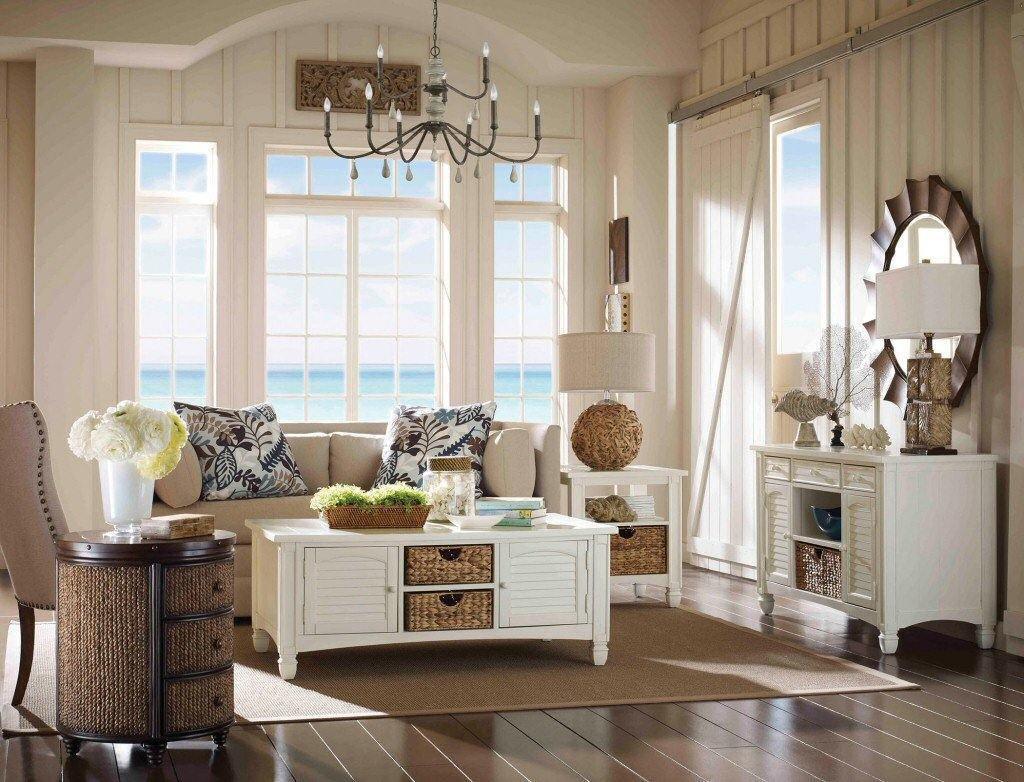
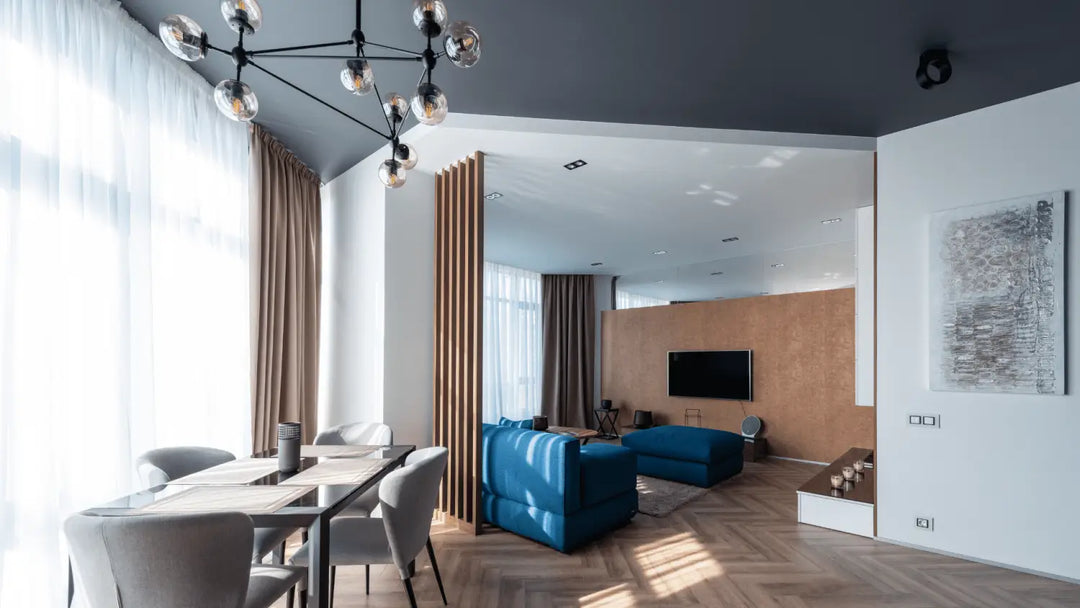

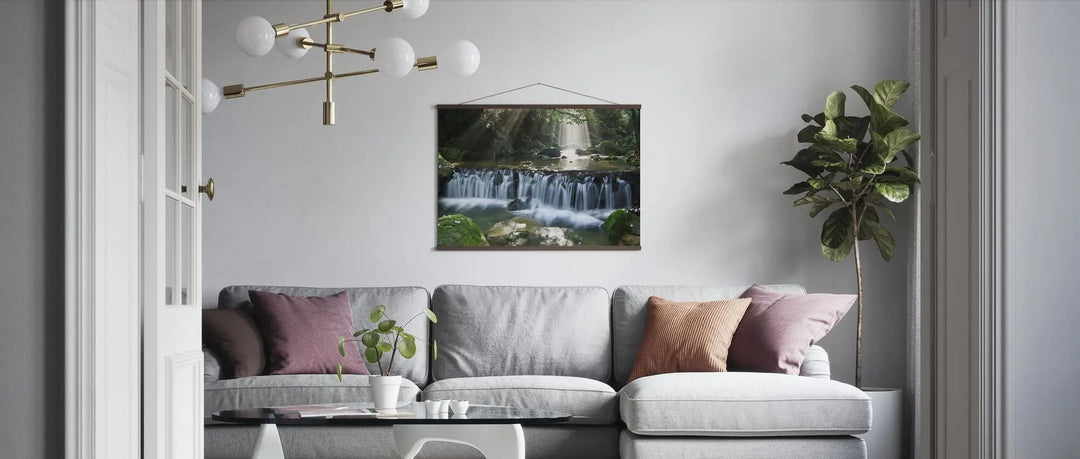
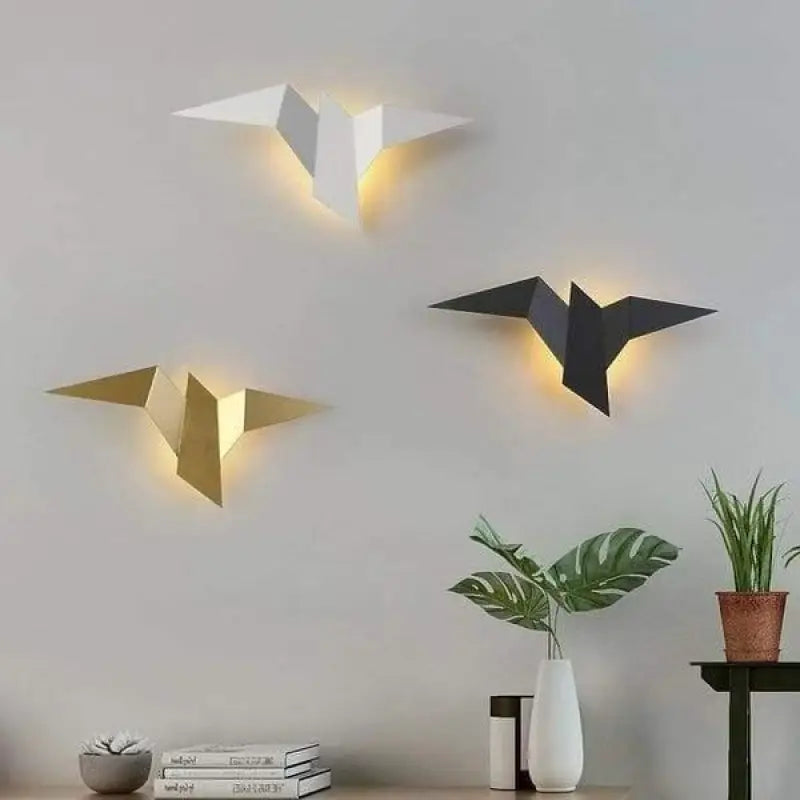


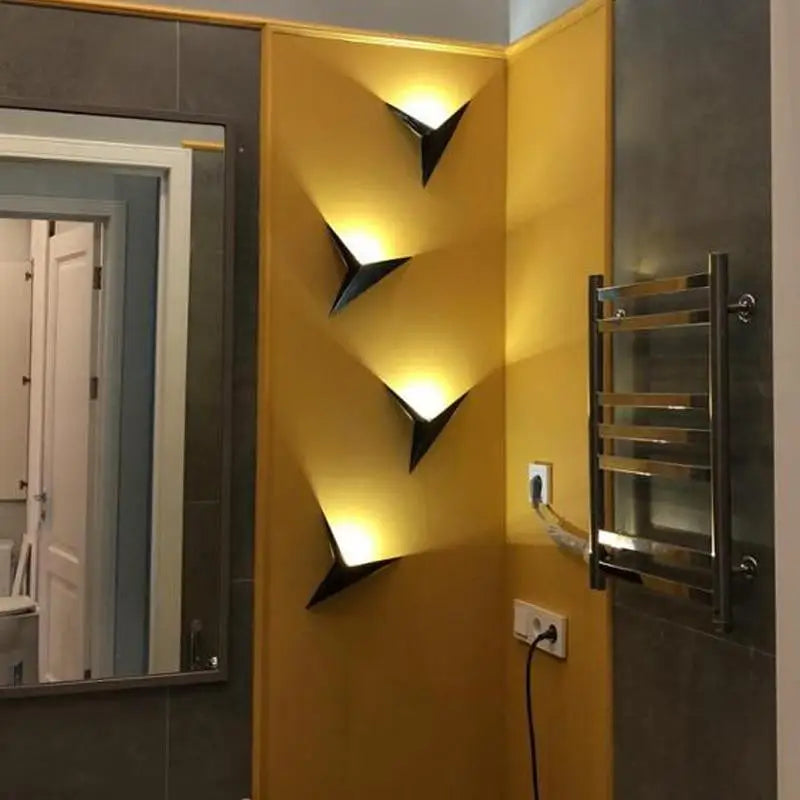
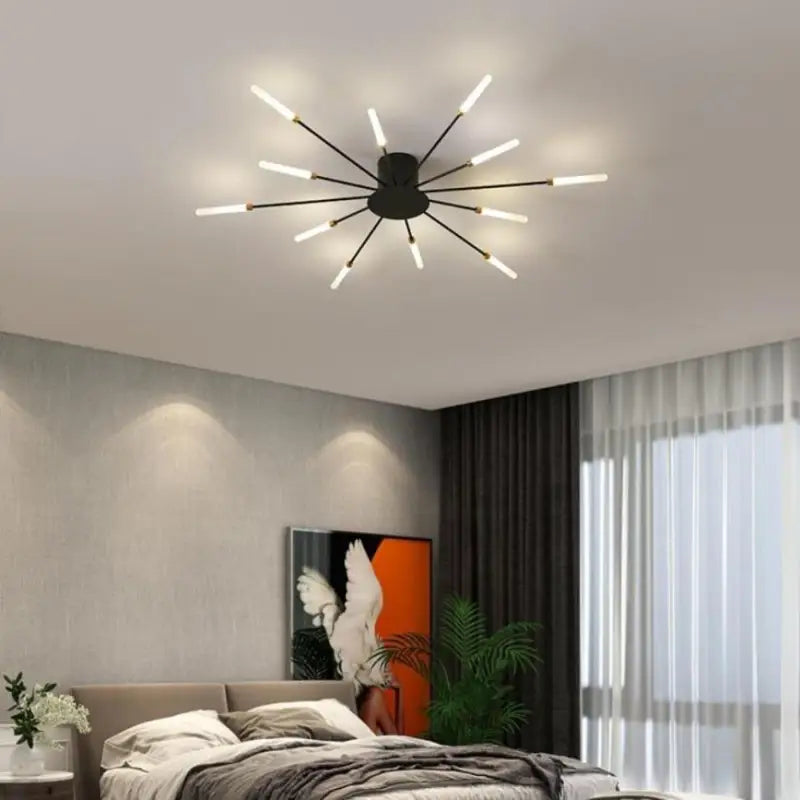
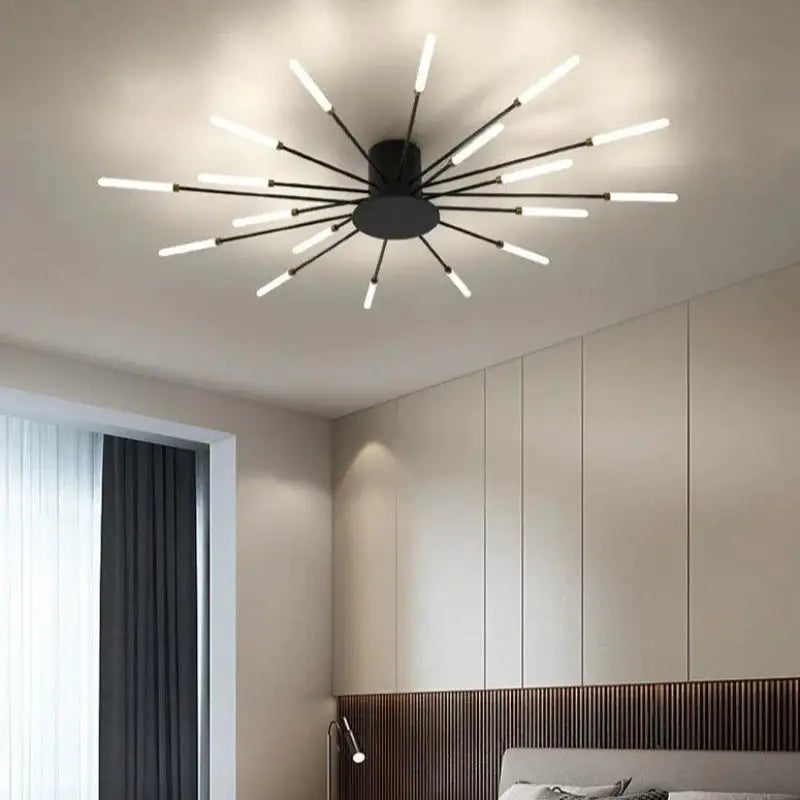
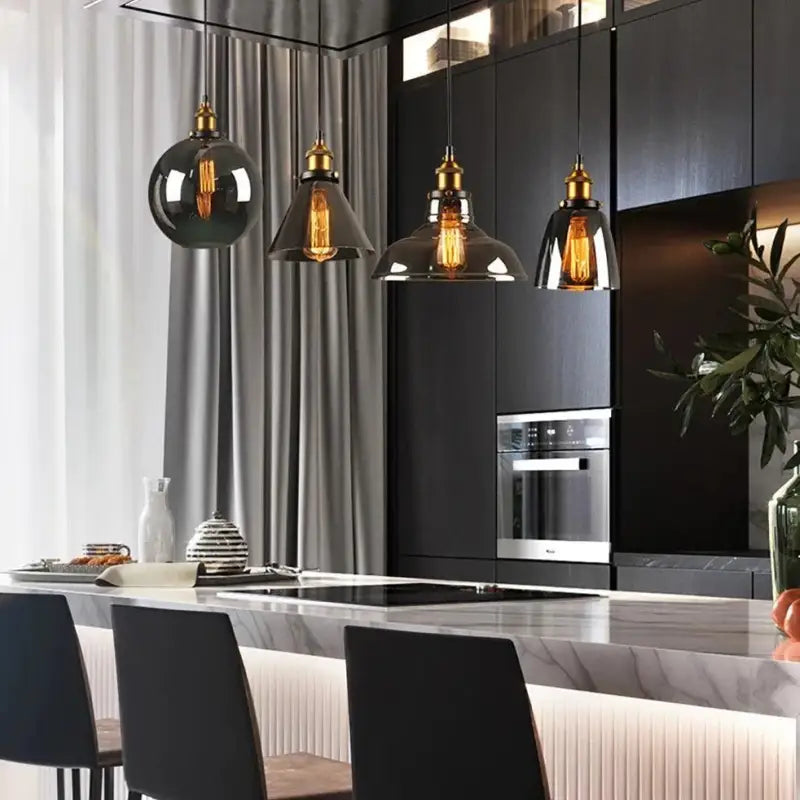
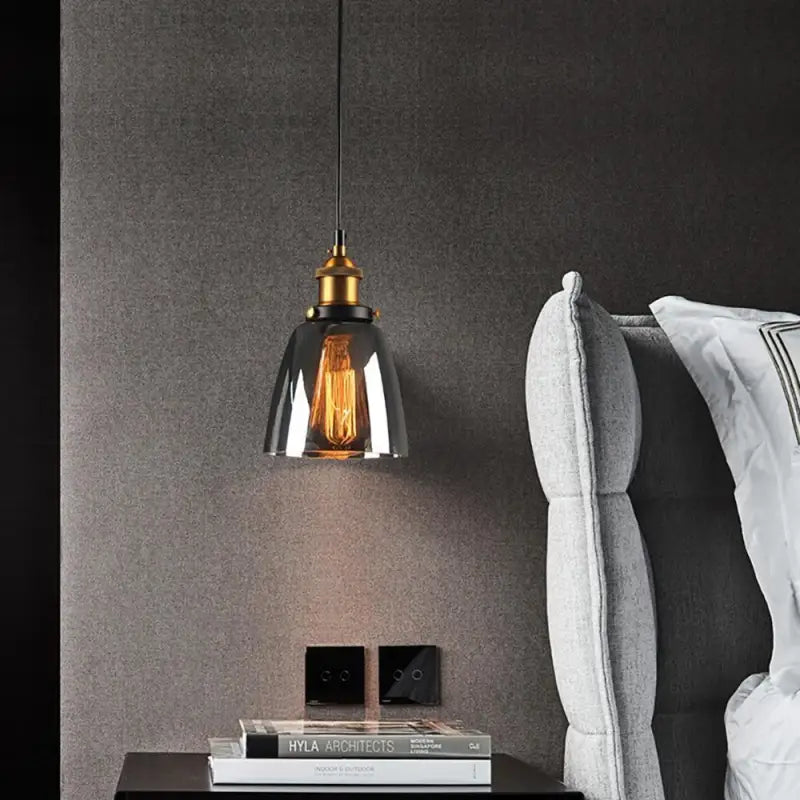
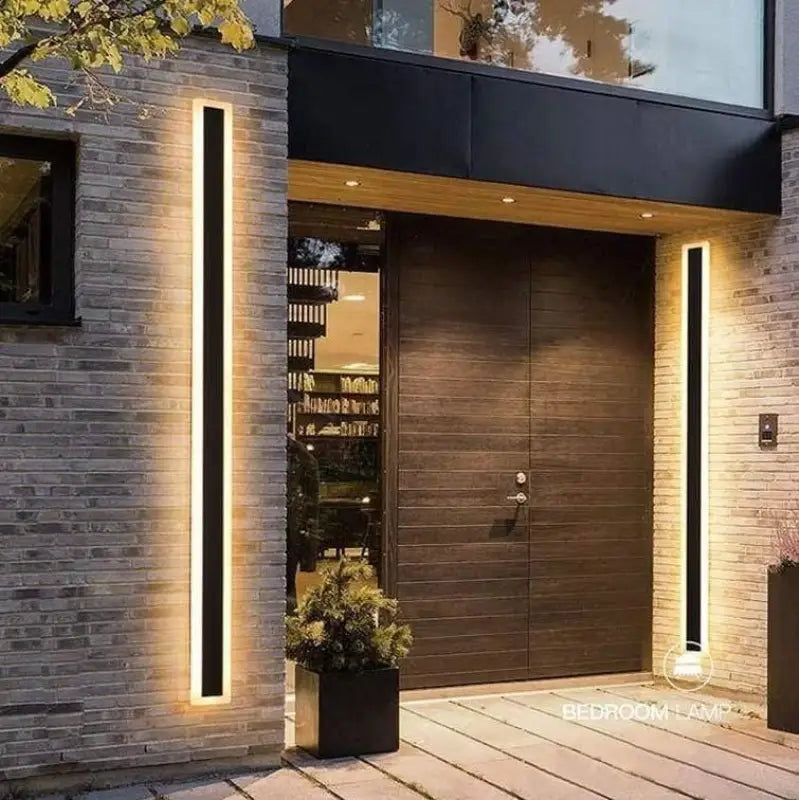
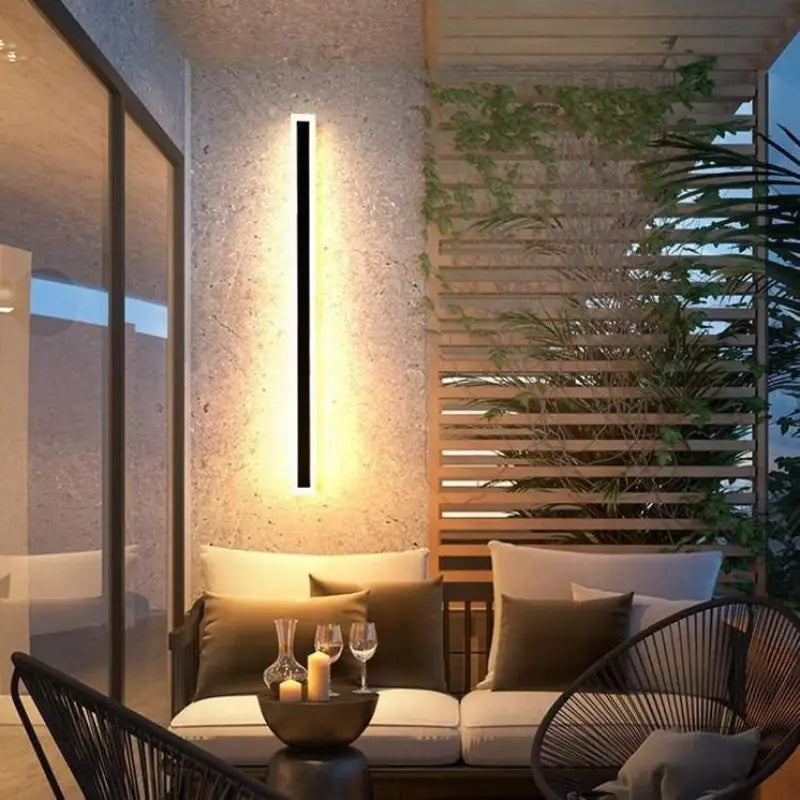
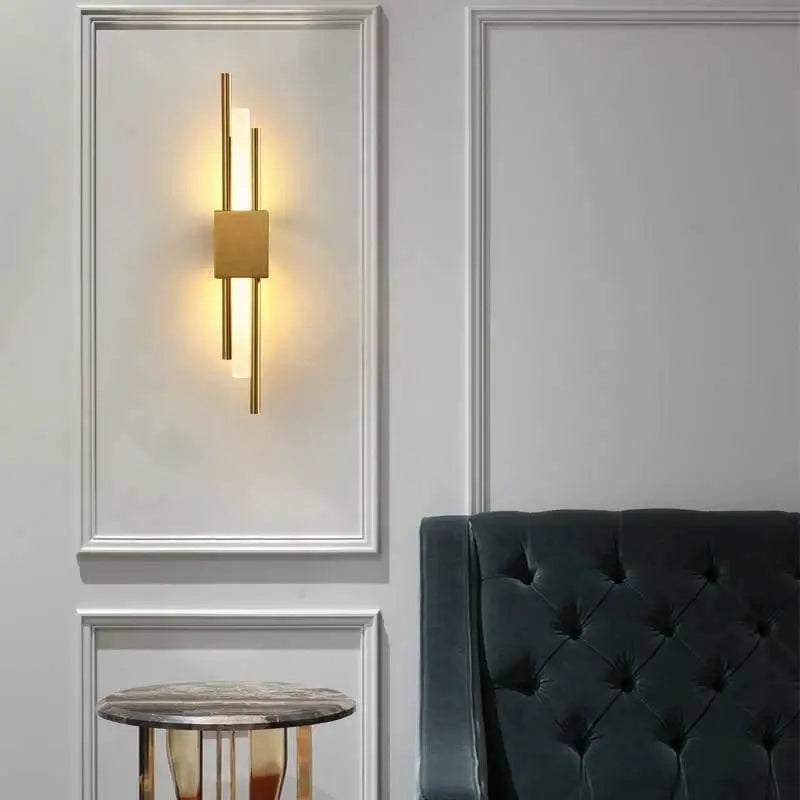
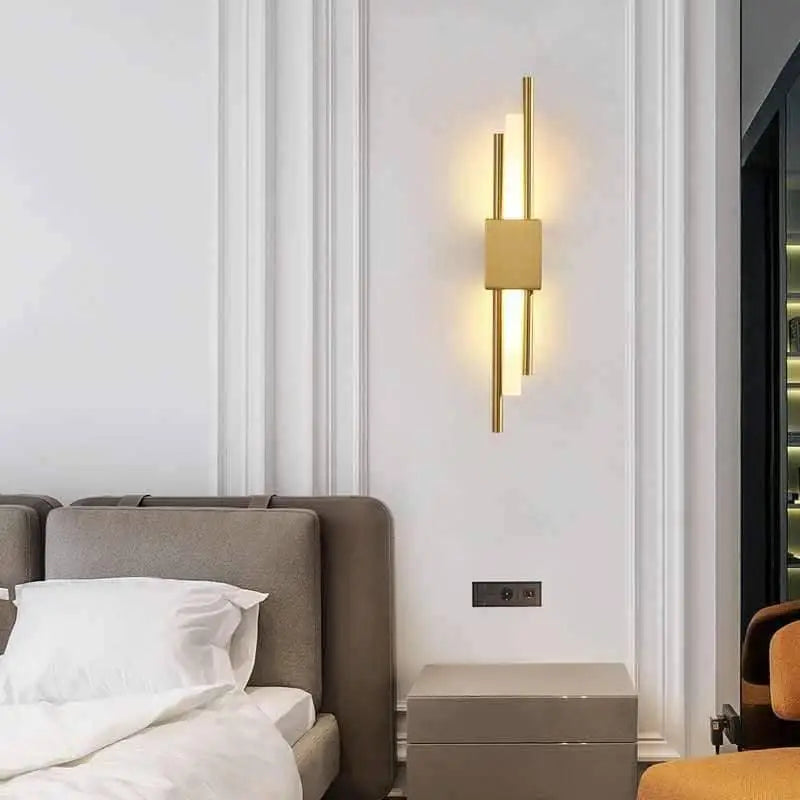
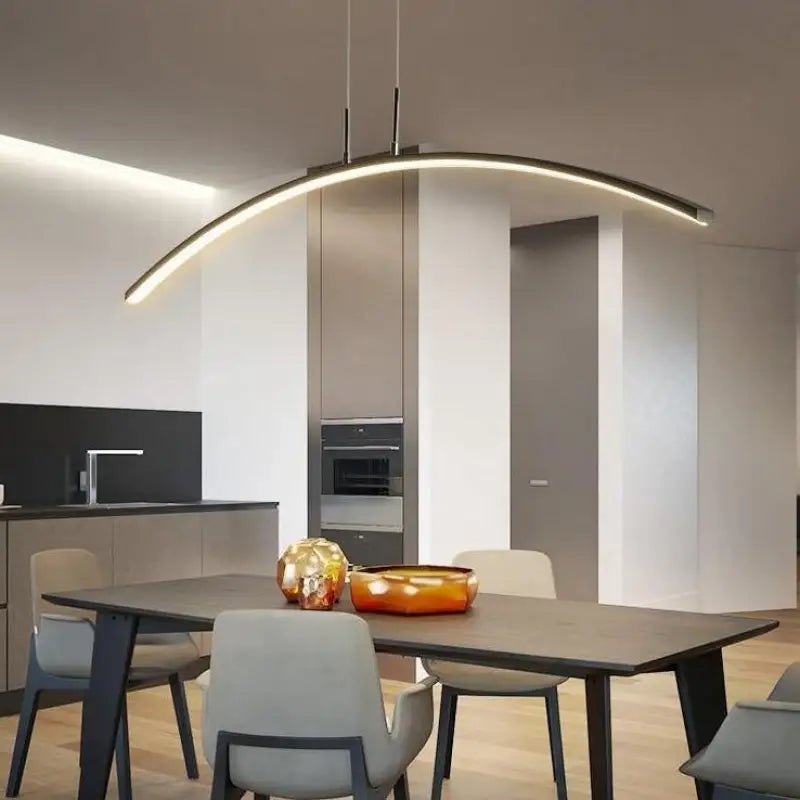
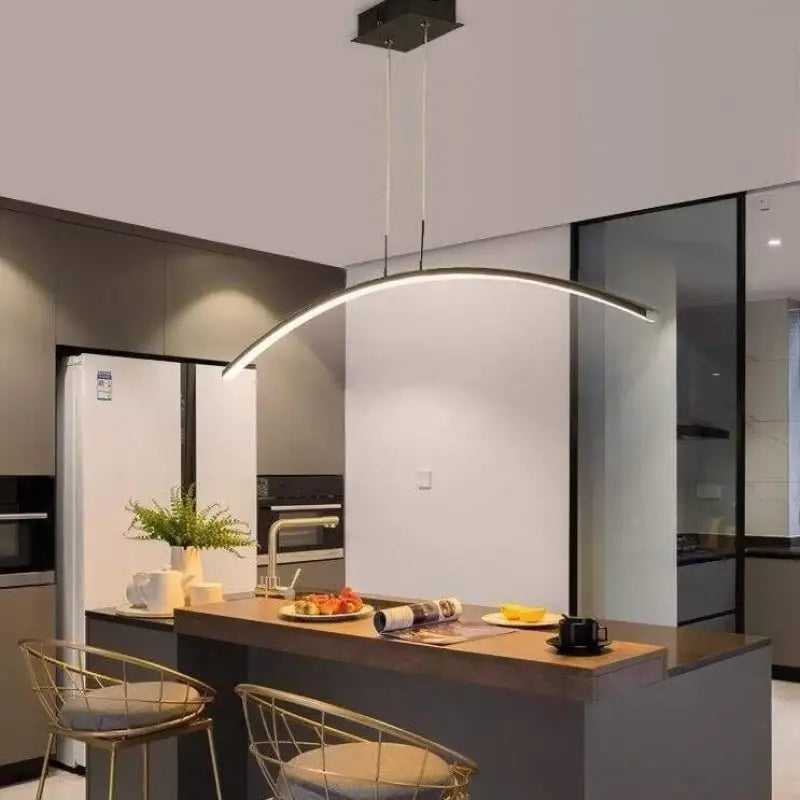
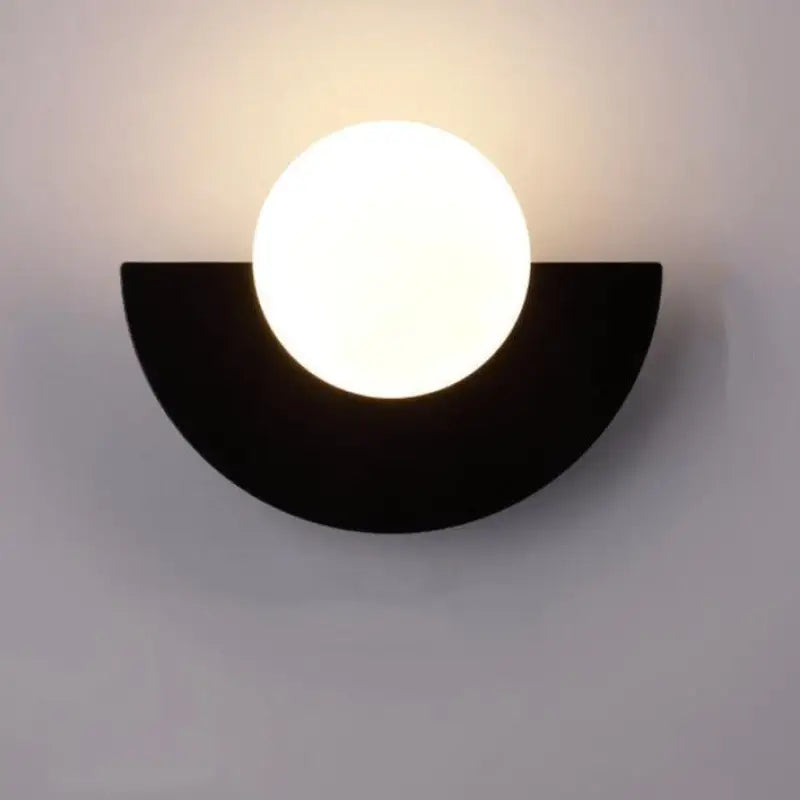
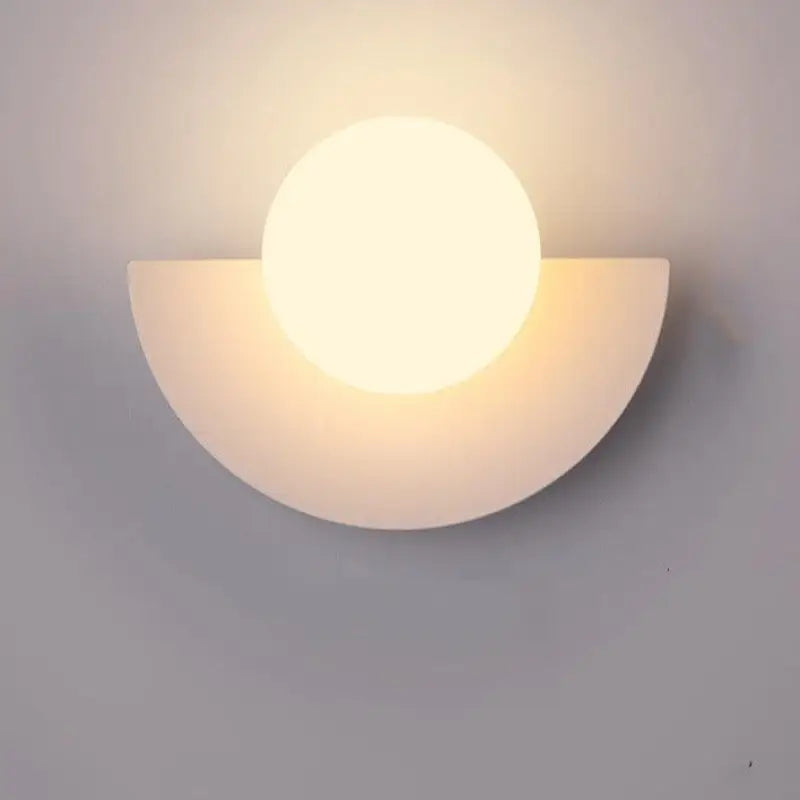


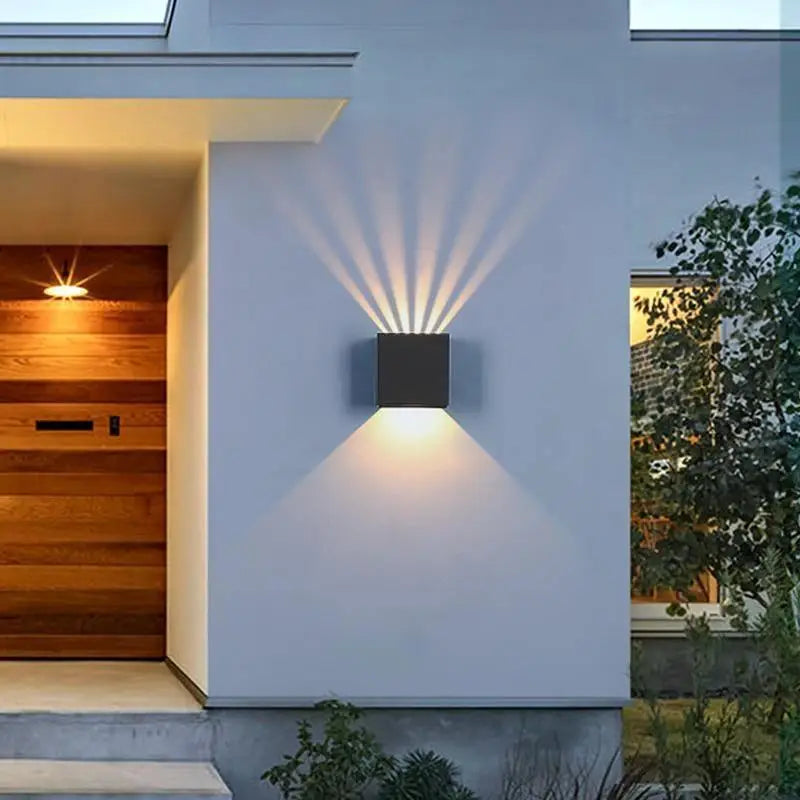
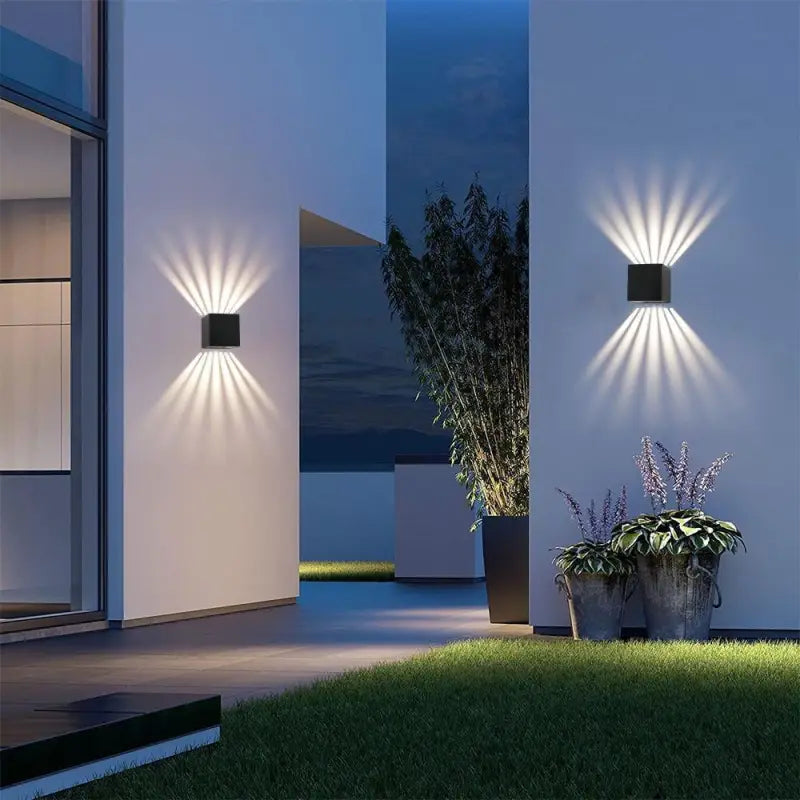
Leave a comment